“A Japanese Garden is at once a picture and a poem; perhaps even more a poem than a picture.” – Lafcadio Hearn
Japanese gardens are revered for their detail, symmetry, and dedication to nature preservation. Elements of water, stone, soil, and air form some of Japan’s most striking pockets of landscapes.
The origin of Japanese gardens has its heritage in various cultural customs. Japanese gardens partly originate from the Shinto religion, where fables tell of the creation of forests, lakes, and islands that make up Japan’s environmentally diverse regions. Gardens modeled in the Shinto influence aim at creating manicured landscapes — incorporating purity, peace, and respect for nature. Another origin partly comes from Daoism, which emphasizes the realization that humans are part of the universe and should live in unity with nature.
Alongside the Japanese concept of Wabi-Sabi, a worldview that emphasizes beauty in simplicity, Japanese gardens closely follow as one of the most remarkable things we admire about Japan. We have witnessed firsthand the harmonious amalgamation of each element beautifully displayed in various regions across the country.
Based on the Lynch family’s many travels to Japan, and in addition to our client’s Japan private tour feedback, here is a roundup of our favorite gardens in Tokyo, Kyoto, and beyond.
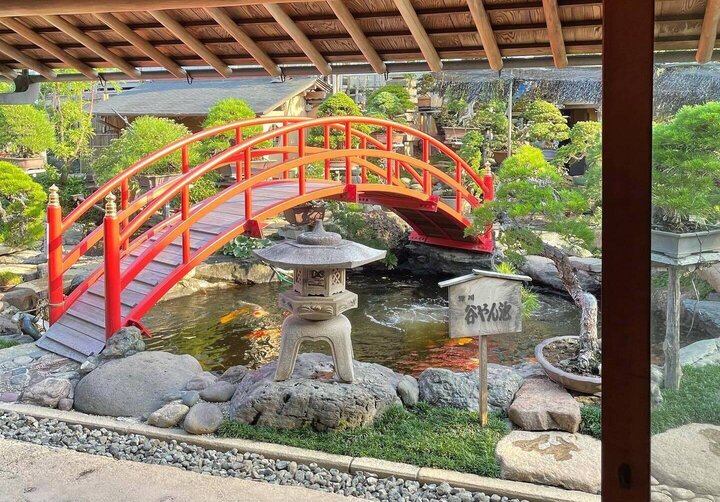
Shunkaen Bonsai Garden & Museum
Tokyo
Created by the Bonsai master, Kunio Kobayashi, the three-time winner of the most prestigious award in Japan, the Prime Minister’s Award, the Shunkaen Bonsai Gardens & Museum was opened in 2010. The museum has hundreds of famous trees and a collection of books, ancient pots, and prints. The garden allows guests to attend a bonsai class led by Kobayashi and his students. Tips on mastering this ancient art will be revealed.
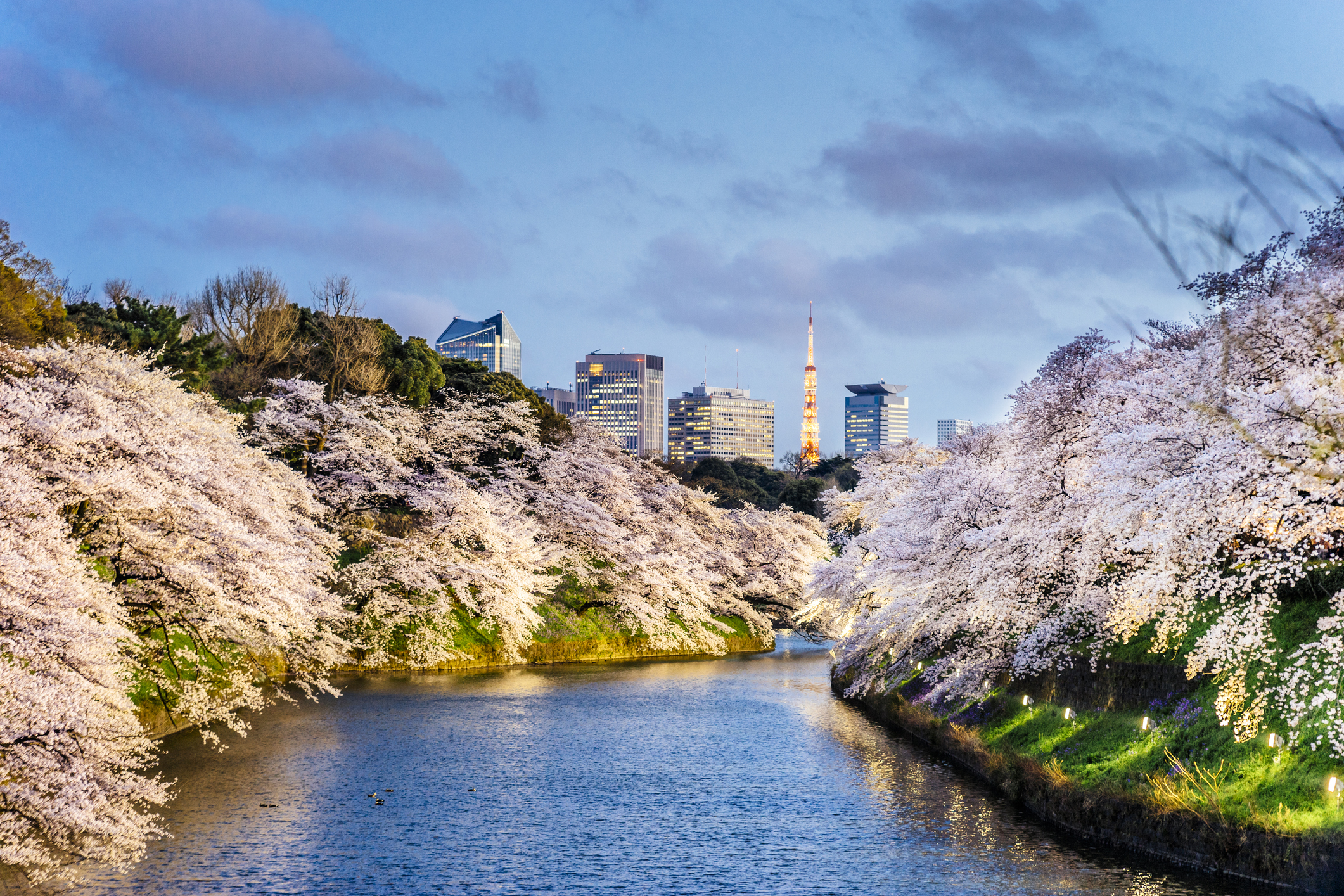
East Gardens of the Imperial Palace
Tokyo
While an obvious choice, it is genuine as the impressive East Gardens of the Imperial Palace in Tokyo should not be missed. In Tokyo’s bustling metropolis, the Imperial Palace stands tall in striking contrast. Once the location of the Edo castle’s center walls of defense, the East Gardens are now open to the public as a cultural gift to the city. The gardens feature Sakura cherry blossom trees and well-maintained rows of azalea, iris, and camellia flower beds. The entrance to the gardens is dramatic and seems to transport visitors to Edo-era Japan as the only way to reach the park is to cross the moat from the sidewalk. With leftover castle ruins such as the former castle tower and an enemy defense tower, the East Gardens is an exceptional site that incorporates history and nature.
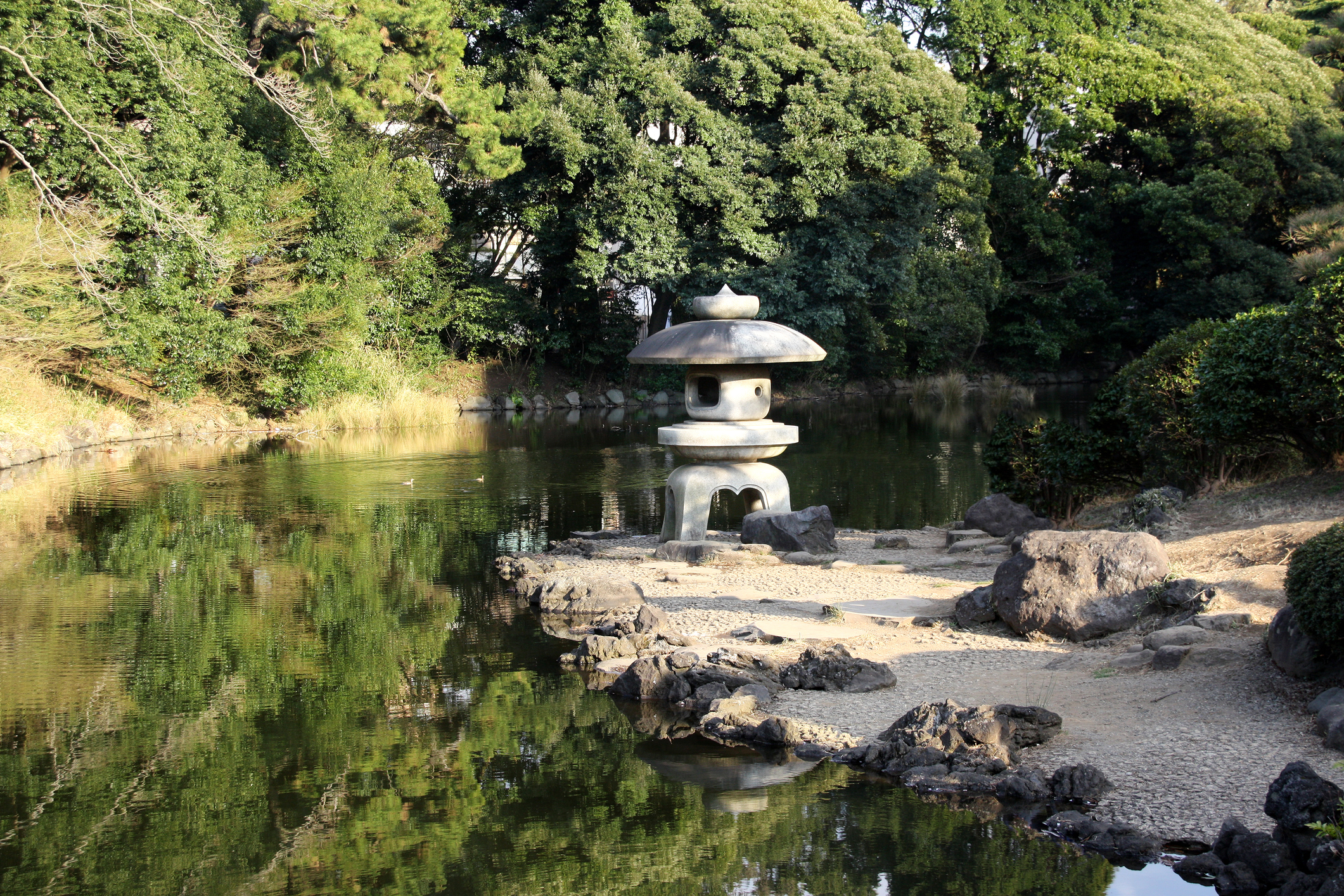
Shinjuku Gyoen
Tokyo
Shinjuku Gyoen has lived through centuries of history. First, it was built as an Edo-period residence owned by a feudal lord. It was then used as the Imperial Family’s ceremonial and recreational grounds in the 20th century and was nearly destroyed during World War II. Today, the park is public and centrally located to Tokyo’s busiest neighborhoods and public transportation. Considering its location in Tokyo’s vibrant Shinjuku neighborhood, the park does not offer a secluded escape like other gardens in Japan. However, the shared experience of strolling through the park next to dozens of others is distinctly metropolitan. Three different gardens make up Shinjuku Gyoen – Japanese, French, and English, each with distinct features displayed through the cultural practices of each country the gardens represent. Japanese gardens feature ponds, stone pavilions, and expertly groomed shrubs. The French garden displays symmetrical fragrant flower beds, and the English garden features an open landscape with lawns and trees providing shade.
“Verily, even plants and trees, rocks and stones, all shall enter into Nirvana.” – Lafcadio Hearn
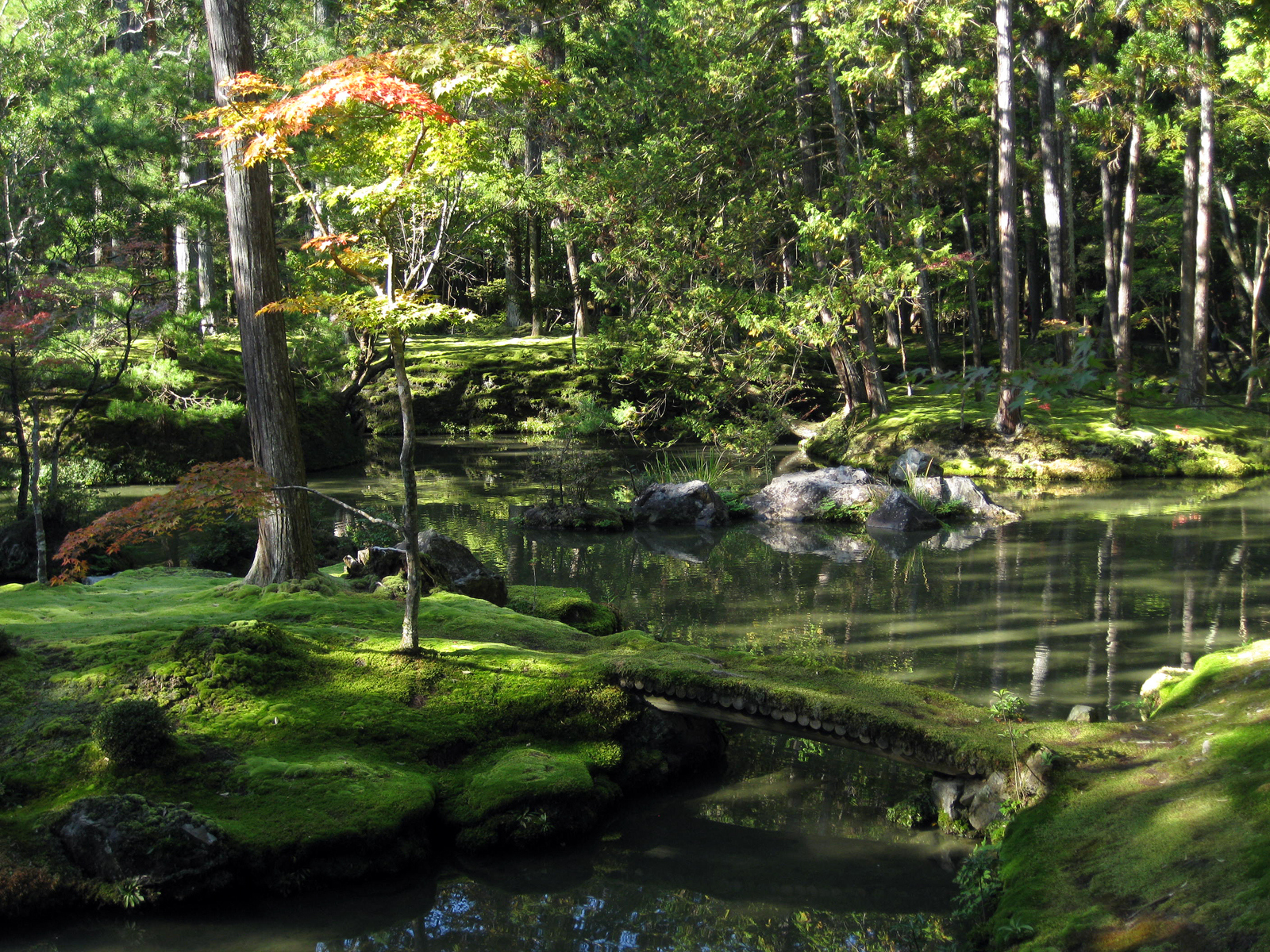
Saihoji Temple & Garden
Kyoto
More commonly known as Kokedara, Saihoji makes up an integral part of Kyoto’s cultural fabric and is also a UNESCO World Heritage Site. This garden is as alluring as it is exclusive. Reservations to visit the temple must be made in advance at the discretion of the administering monks. Kokedara, or “moss temple,” is fittingly named for the over 100 types of moss that cover the garden. Japan has a common practice of preserving centuries-old buildings and putting them to new use. Once a villa for Prince Shotoku and then used as a Zen temple in the 1300s, the temple, and the surroundings have adapted into a public garden to enjoy walks and take in religious history. Unlike the mass tourism that envelops Kyoto, the Saihoji priests hope to retain a solemn, meditative atmosphere in the temple and garden.
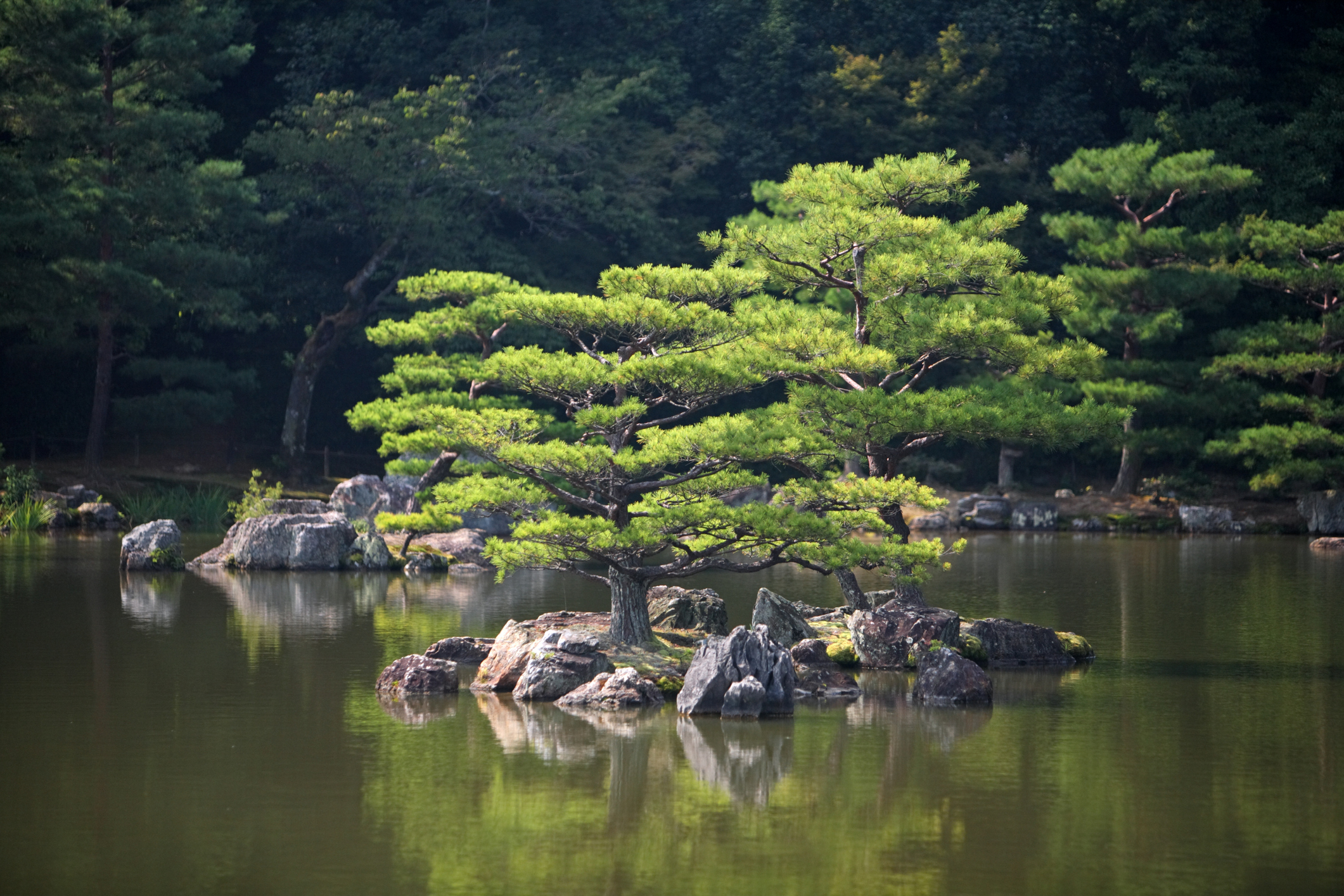
Ginkaku-ji
Kyoto
Ginkaku-ji exemplifies the distinct facets of Japanese gardens through expert gardening techniques and nuanced design. This is one of the most compelling examples of the Wabi-Sabi concept of beauty in simplicity. The temple garden, built in 1482, is equally impressive. The intentional and simplistic choices add to its charm and provide space for reflection.
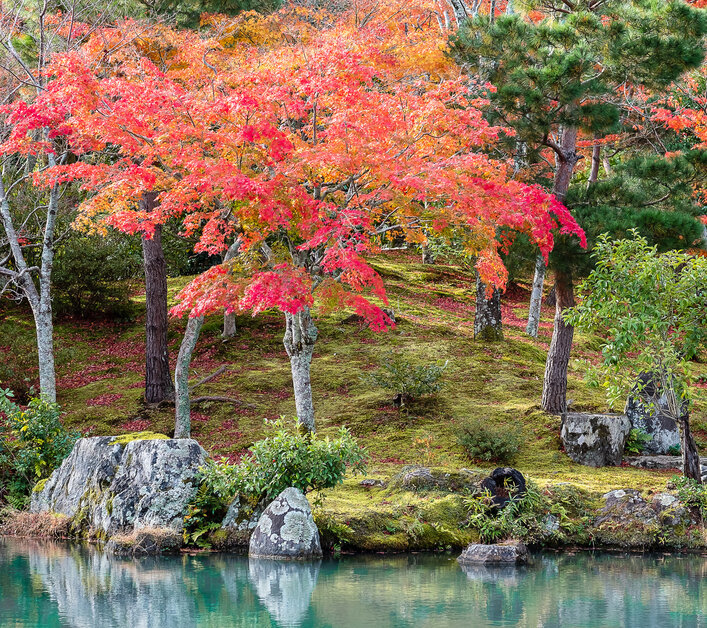
Tenryu-ji
Kyoto
After surviving multiple fires over hundreds of years since its inception, the temple has remained one of the most significant temples in the Zen Buddhist faith. Located in Kyoto’s Arashiyama district, this UNESCO World Heritage Site showcases carefully preserved cultural customs, art, and nature. Visitors flock to Tenryu-ji to practice their faith in a communal setting as some participate in meditation, navigate the temple grounds in reflection, enjoy a traditional vegetarian Buddhist meal at the on-site restaurant, and get insight into the different sects of Buddhism.
The outdoor garden can be viewed as a captivating panorama from inside the temple center. The symmetrical composition and attention to detail make this specific spot in the temple the most striking, mirroring a shot straight out of a film.

Shin-en Gardens at Heian Shrine
Kyoto
Shin-en, also known as the “garden of the gods,” covers eight acres surrounding the Heian Shrine in Kyoto. Designed by Ogawa Jihei III, the gardens are made up of four parts – north, south, east, and west – each with different features such as irises, weeping cherry blossom trees, ponds, and pavilions. Each garden illustrates Japan’s diverse habitats, creating captivating scenes that can only be admired in person. Shin-en Garden was designed to be walked through, with stone steps illuminating the path throughout the garden. The garden also includes Western plant species and can be enjoyed at any time of the year.
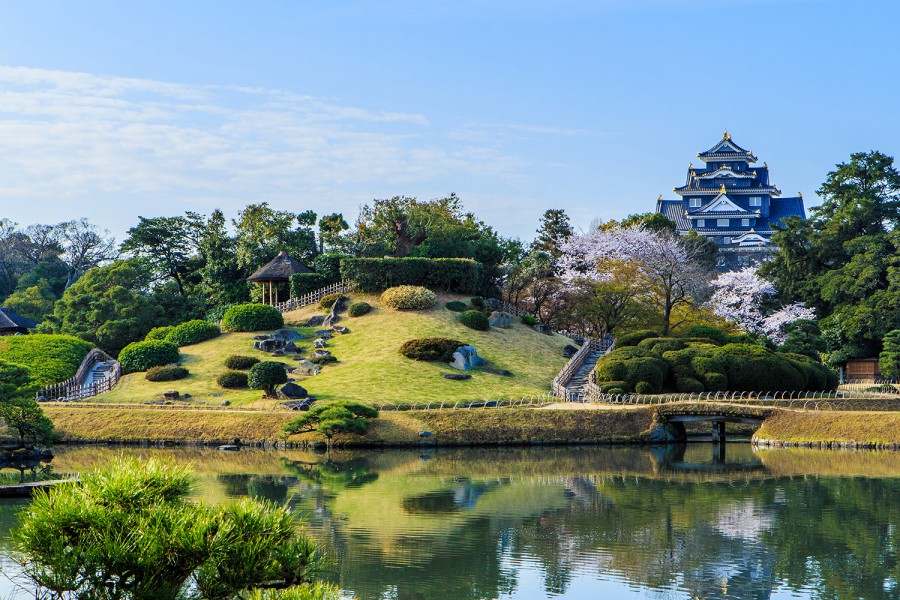
Okayama Korakuen
Okayama
Okayama Korakuen has a legacy lasting 300 years. Part of Japan’s “three great gardens” alongside Kenroku-en in Kanazara and Kairaku-en in Mito. The garden boasts over 100 trees and at the peak blooming season, there are lotus flowers, azaleas, irises, and Sakura. The rest of the garden is beautifully laid out with wide, vivid green lawns, a tea plantation, ponds, and plum trees. Atop the garden hills is Okayama Castle. Just beyond that, the mountains provide a scenic view ideal for painting, photographing, or simply admiring. This garden also includes a traditional Japanese restaurant and a teahouse.
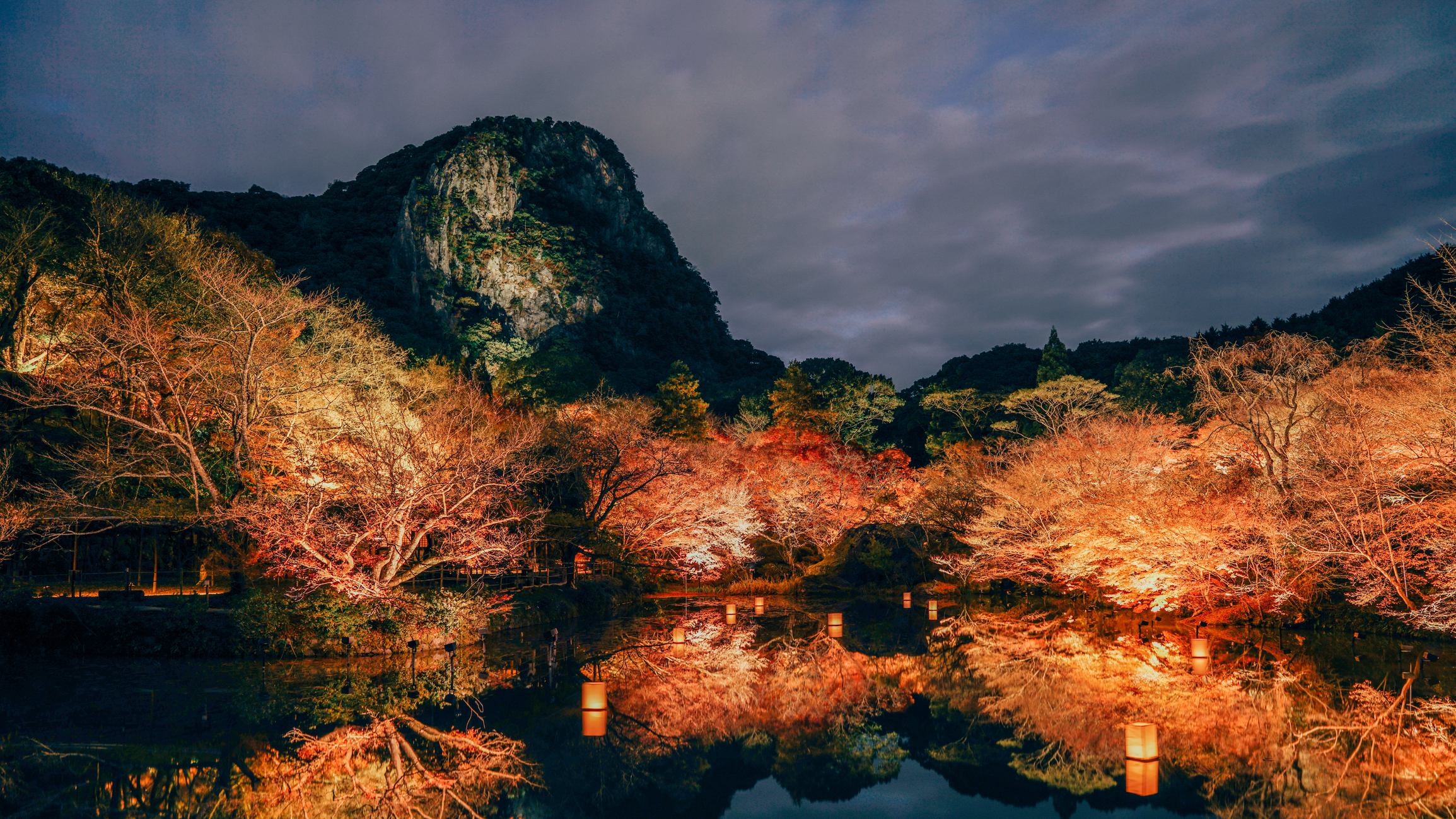
Mifuneyama Rakuen
Saga
Sat at the base of Mt. Mifune sits the Mifuneyama Rakuen Gardens. The garden was commissioned in 1845 by Takeo’s feudal Lord, Shigeyoshi Nabeshima to be a living work of art. The pillowy and bountiful flower bushes that vary in color throughout the year do just that. With an impressive 11 acres of dozens of flower species like red camellias and azaleas, it is easy to get lost in the alluring and colorful tableau. During the day, a palette of vivid hues covers the foothill landscape. At night, park lights illuminate the leaves and highlight dramatic shadows, producing yet another work of art for nighttime viewing.
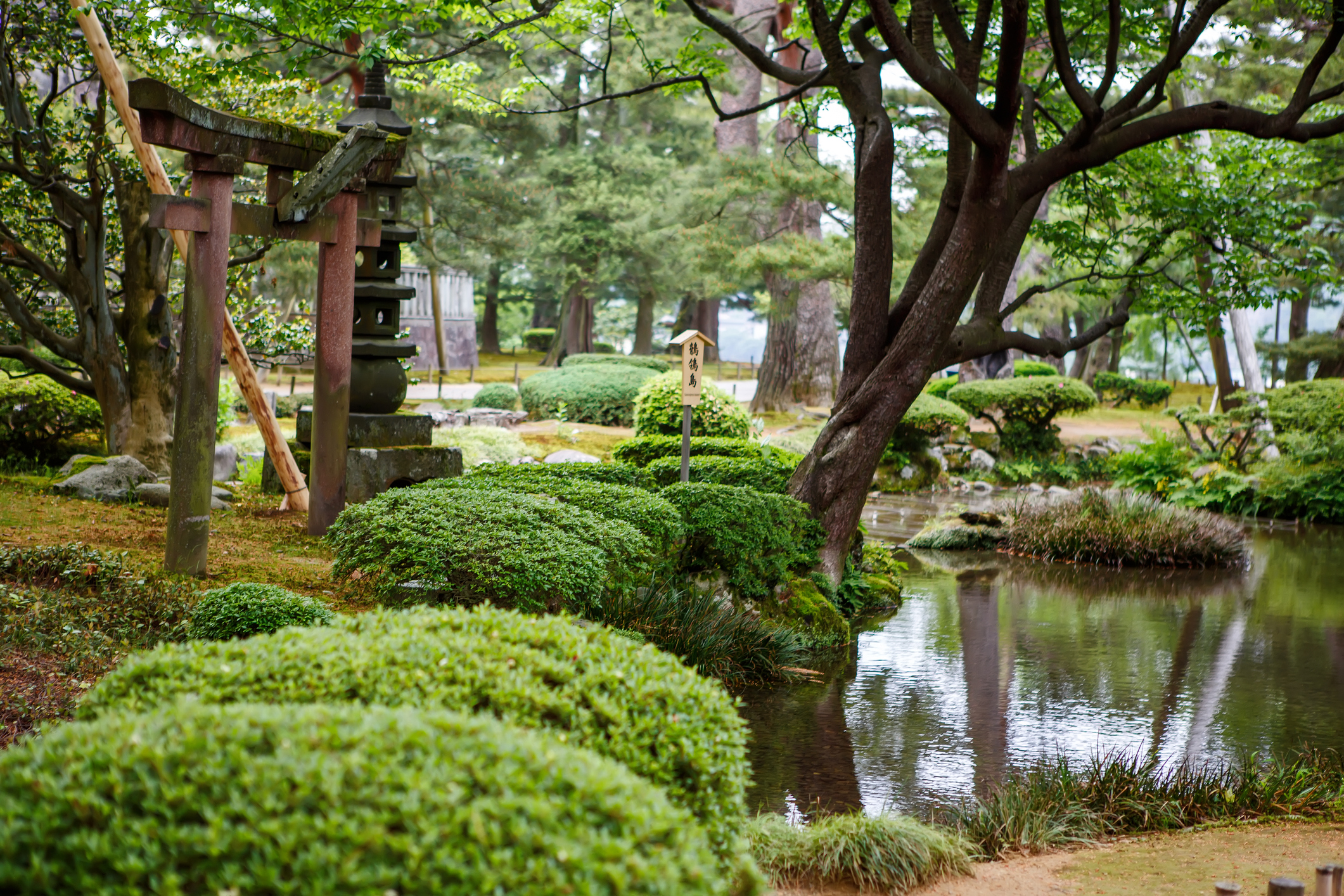
Kenroku-en Garden
Kanazawa
This garden is located one hour away from a Kipling & Clark favorite luxury ryokan, Kayotei. Coming from the Japanese word for a “ garden that combines six characteristics”, Kenrokuen infuses six components – water, space, seclusion, artifice, antiquity, and breathtaking views. The Kenroku-en garden is among the most serene, as it was created to be a safe and ideal place to meditate. This garden can be enjoyed at any time of the year. In the winter, the pine trees are covered with piles of snow, in the spring there are bright contrasts of blue skies and budding flowers on the ground, and in the fall the pine trees surrounding the pond transform into warm shades of crimson, amber, and rust.

